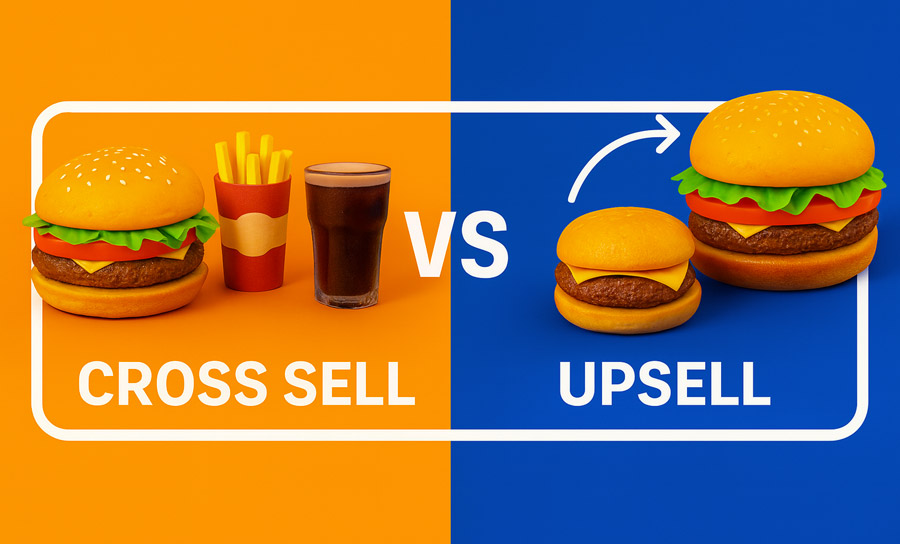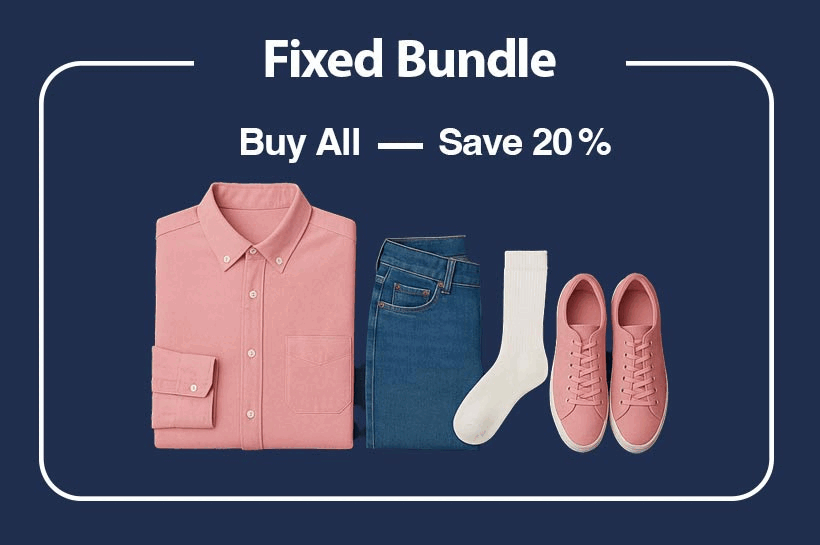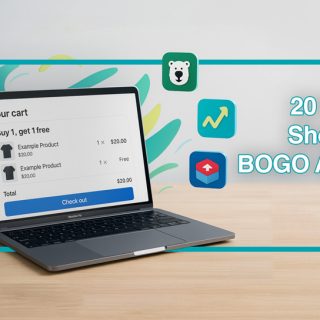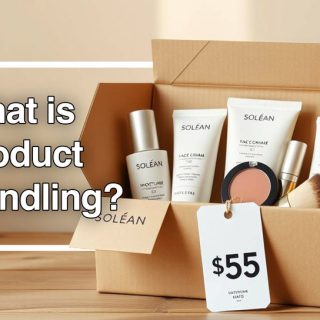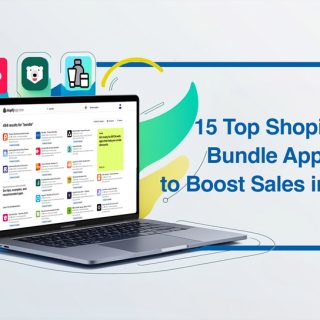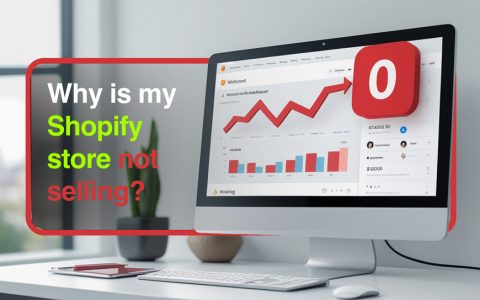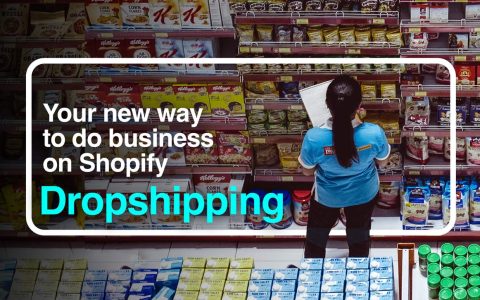As customer expectations continue to evolve, upselling and cross selling have become powerful tools for driving growth and delivering added value. Upselling encourages buyers to consider a higher-tier option, while cross selling introduces relevant, complementary products to enhance their purchase.
Whether you’re new to sales or running a seasoned business, these techniques can significantly increase revenue and strengthen customer relationships. This guide offers clear strategies, actionable tips, and real-world examples to help you use both effectively.
If you’re ready to unlock smarter selling, this is your essential guide to cross sell vs upsell.
What Is Cross Selling and Upselling?
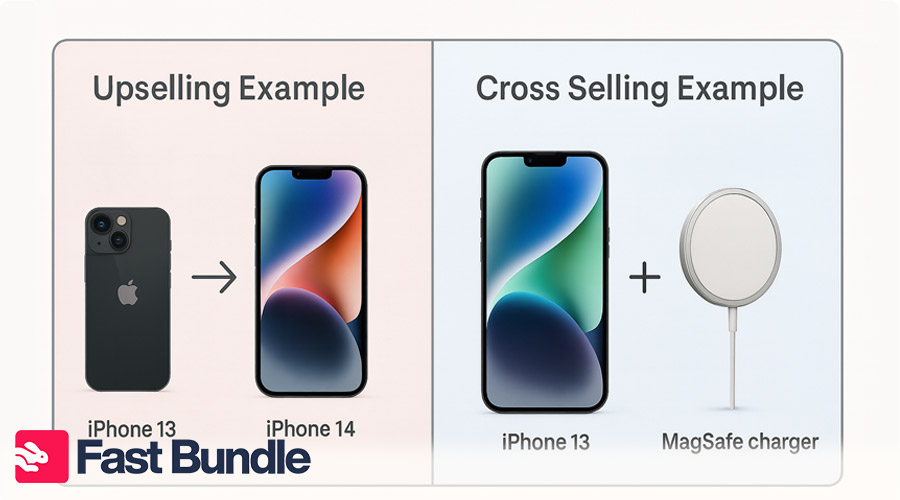
Let’s start with something familiar:
Imagine you’re at a coffee shop. You order a latte, and the barista asks, “Would you like a muffin with that?” That’s cross selling. Then they follow up with, “For just a dollar more, you can upgrade to a large.” That’s upselling.
Both are subtle nudges, simple, effective, and everywhere.
Cross Selling Meaning
Cross selling is the art of offering customers additional, complementary products to what they’re already buying.
Definition: It’s suggesting a related item that goes well with what your customer is purchasing.
Cross selling works because it feels helpful, not pushy. A customer buying a laptop might appreciate being shown a compatible mouse or a laptop sleeve. It’s about relevance and timing.
Upselling Meaning
Upselling encourages customers to buy a more premium version of a product or service they’re already considering.
Definition: It’s showing your customer a better or upgraded option for a little extra cost.
Upselling taps into the customer’s desire for quality or added benefits. Think of software plans: if a user is about to subscribe to a basic plan, upselling offers them a “Pro” version with advanced features. The idea is to show the value—not just the price difference.
Difference Between Upselling and Cross Selling
It’s easy to get confused between cross sell vs upsell, after all, both aim to increase revenue per customer. But when it comes to crafting an effective sales strategy, understanding the difference between upselling and cross selling is crucial. Each has its own purpose, placement, and impact on the customer journey. Let’s break it down.
| Feature | Cross Selling | Upselling |
|---|---|---|
| Goal | Increase number of items per order | Increase value of the purchase |
| Example | “Add a screen protector” | “Upgrade to Pro version” |
| Placement | Cart page / recommendation widget | Product page / upgrade screen |
| Effect | Higher order size, more SKU exposure | Higher AOV, better profit margins |
The difference between cross selling and up selling is more than just semantics. Cross selling shines when suggesting complementary products at checkout, think cases, accessories, or warranties. It works well in bundles or post-purchase offers.
Upselling, on the other hand, is best placed on the product page or before the customer checks out. It encourages shoppers to choose a better, often more expensive version, like upgrading to a premium plan or adding more features.
Used together, upselling and cross selling create a powerful combo. Just make sure to keep your offers relevant and well-timed to avoid decision fatigue or annoying your customer. When done right, they not only boost revenue but also enhance the shopping experience.
“Smart Upsells, Zero Hassle”!
Boost revenue right in your Shopify store.

Cross Selling Meaning and Use Cases
From a psychological perspective, cross selling taps into the consistency principle—once a customer decides to buy, they’re more likely to say yes to complementary items. In marketing terms, cross selling means offering additional, relevant products to increase the overall value of a purchase.
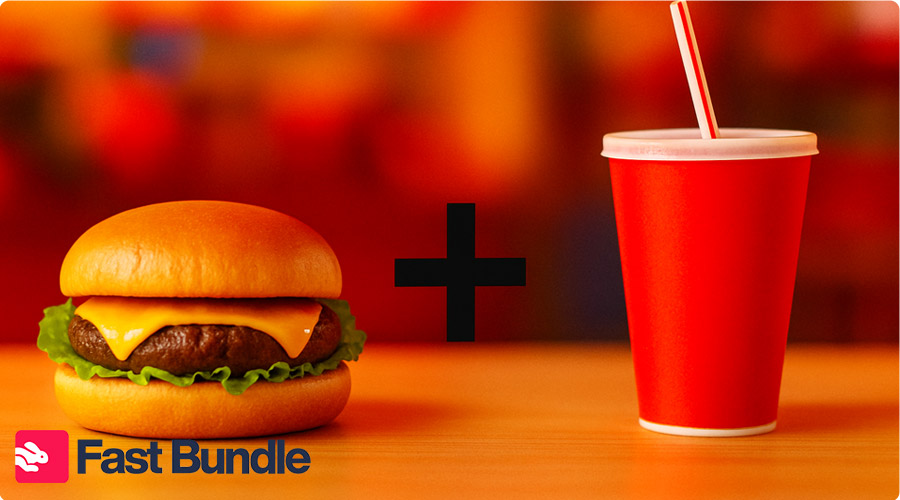
Digital examples of cross selling are everywhere—think Amazon’s “Frequently Bought Together” section. In fact, Amazon reports that up to 35% of its revenue comes from cross-sell recommendations. When a customer adds a phone to their cart, they might be offered a screen protector or earbuds—convenient and value-driven.
In retail or B2B, cross selling is just as effective. A SaaS company might offer add-ons like extra storage or advanced analytics during checkout. Shopify apps do this with product bundles or in-cart offers.
Whether you sell online or offline, cross selling improves AOV and customer satisfaction—when the recommendations feel helpful rather than pushy. It’s a smart way to turn one sale into multiple without extra ad spend.
Upselling Examples That Work in eCommerce
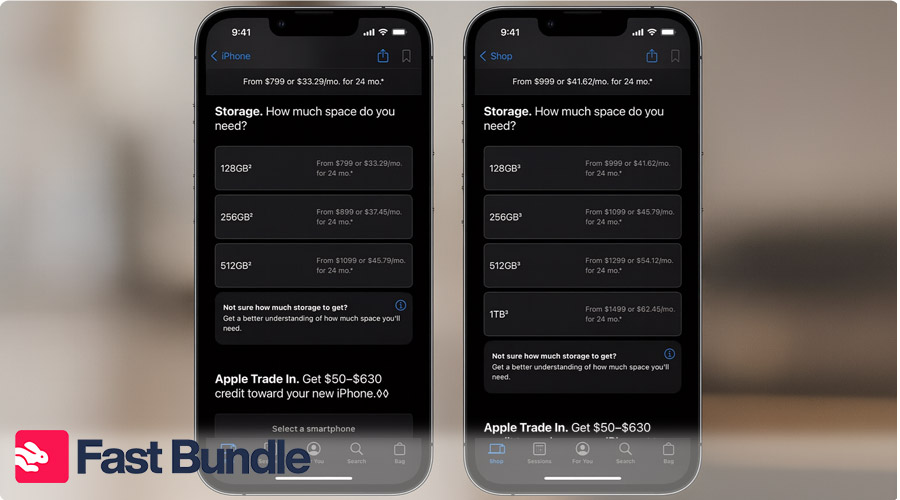
Looking for proven upselling examples that boost revenue? These brands show how smart upgrades drive real results:
Apple – A classic up selling example: When buying an iPhone, Apple offers more storage for a higher price. It’s a subtle nudge that often feels like a necessity rather than a luxury.
Amazon – On product pages, Amazon suggests “newer models” with better features or bundles. This upsell encourages customers to consider higher-end options they may not have initially searched for.
Shopify stores – Many eCommerce brands use checkout-page upsells like: “Add a 2-year extended warranty for $14.99”. These one-click add-ons work well because they appear after the purchase decision has been made.
Canva Pro – Digital products also benefit. Canva frequently prompts users to upgrade for access to premium templates, branding tools, and advanced features.
Grammarly – After a few free edits, Grammarly nudges users to go premium for full-sentence rewrites, showing upselling works in SaaS too.
Cross Selling and Upselling Benefits
More Revenue. Happier Customers. Smarter Marketing.
Upsell and cross sell strategies are two of the most effective ways to increase revenue without needing to acquire new customers. When done right, they improve the customer experience and your bottom line.
Here’s how:
1. Increase Average Order Value (AOV)
By recommending a premium version (upsell) or complementary product (cross sell), customers naturally spend more.
- Amazon attributes 35% of its revenue to upselling and cross selling.
- Shopify merchants who implement product recommendations see up to 20% higher AOV.
2. Boost Customer Lifetime Value (CLV)
Relevant suggestions build trust—and repeat business.
- The more products a customer uses, the “stickier” your brand becomes.
- SaaS platforms often upsell tiers and cross sell add-ons to increase retention.
3. Encourage Product Discovery
Many customers don’t know what else you offer. Upsell and cross sell prompts spotlight hidden gems.
- “Complete the look” in fashion.
- “Frequently bought together” in ecommerce.
- “Power up your plan” in SaaS.
4. Help Clear Inventory (Smartly)
Got too many candle holders or last season’s colors?
- Cross sell them with newer items in bundles.
- Upsell to create limited-time value packs during seasonal campaigns.
Pro tip: Don’t just suggest more—suggest better. When offers feel useful, they convert.
Cross Selling vs Upselling – Which One to Use?
Cross selling and upselling are both powerful—but knowing when to use each is what makes them effective.
Here’s a simple How-to that helps you:
Use Cross Selling when:
- The customer’s intent is confirmed but expandable
- They’ve picked an item, and you can enhance the experience
Examples:
- Food: Add fries and a drink to a burger
- Fashion: Suggest earrings with a dress
- Tech: Offer a phone case or charger with a smartphone
- Digital: Bundle stock photos with a design subscription
Cross selling expands the basket.
Use Upselling when:
- There’s a clear value ladder or higher-tier product
- The customer may benefit from more features or better quality
Examples:
- Food: Suggest a large over a medium
- Fashion: Recommend a premium jacket over a basic one
- Tech: Upgrade from iPhone 13 to iPhone 14
- Digital: Offer a Pro plan instead of Free
Upselling raises the quality—and price—of the original purchase.
Still unsure?
- Low-ticket, high-repeat items → Cross sell (food, lifestyle, beauty)
- High-ticket, high-consideration items → Upsell (tech, B2B software, services)
Both work best when they feel like help, not sales. So start by asking: What else would genuinely improve this purchase?
Then let the strategy choose itself.
Best Practices for Upselling and Cross Selling
Turn Helpful Suggestions into Higher Revenue. Here’s a smart, proven checklist to master cross selling and upselling—without feeling pushy.
📍PLACEMENT
Where your offer shows up matters.
- On product pages (e.g., “Frequently bought together” on Amazon)
- In-cart suggestions before checkout
- Post-purchase upsells via email or thank-you pages
- Example: Sephora adds cross-sells in the shopping bag and upsells after purchase with loyalty perks
⏰ TIMING
Make the offer when the customer is most open to it.
- Don’t upsell too early—wait until interest is clear
- Use cross selling right after product selection
- Trigger product bundles during seasonal buying moments
- Example: Domino’s suggests upsells (cheese crust, desserts) after pizza is in the cart
🎯 PERSONALIZATION
Tailor the offer to behavior, not guesswork.
- Base suggestions on past purchases or browsing
- Use AI-powered tools to detect user intent
Group cross-sells by lifestyle, preferences, or cart value - Example: Netflix cross-sells content based on what you’ve already watched
💸 DISCOUNT STRATEGY
Offer value—but be strategic.
- Bundle items with small discounts (e.g., “Buy 2, get 10% off”)
- Upsell with perceived value: better quality, longer use, or exclusivity
- Highlight limited-time add-ons to increase urgency
Example: Apple rarely discounts, but cross sells through convenience—like pre-selected accessories
Tools to Implement Upsell and Cross Sell in Your Store
If you’re looking to increase Average Order Value (AOV), upselling and cross-selling are must-haves in your sales toolkit. There are a few types of tools that can help:
- Built-in platform features like native discounts, BOGO offers, or post-purchase upsell prompts (common in platforms like WooCommerce and Wix).
- AI-powered engines that analyze user behavior in real-time to suggest complementary products.
- Third-party apps that specialize in bundle creation, cart pop-ups, and dynamic recommendations.
If you’re a Shopify user, Fast Bundle is the easiest and most powerful way to get started. It’s built specifically for store owners who want smart bundling without the tech headaches.
Here’s what makes Fast Bundle shine:
- Visual Bundle Builder: Create clean, customizable bundle displays that match your brand and don’t interrupt the buying journey.
- Tiered Pricing Options: Offer dynamic discounts based on quantity or product type to drive bigger purchases without hurting your margins.
- Smart Display Rules: Show bundles only when it makes sense — by collection, product, customer tag, or cart content.
Fast Bundle’s flexibility makes it ideal whether you’re running seasonal promotions, product launches, or evergreen cross-sell strategies. It’s quick to set up, easy to test, and even better for conversions.
Ready to increase AOV with powerful product offers?
The Power Combo: Upsell + Cross Sell
Upselling maximizes each purchase, while cross-selling broadens the basket. Together, they create a full-funnel strategy that boosts revenue and buyer satisfaction. The key? Test different approaches, track performance, and refine what works. With the right tools and mindset, you’re not just selling more — you’re selling smarter.
FAQ
When should I use upsell vs cross sell?
Use upselling to offer upgrades; cross-selling to suggest complementary items that enhance the main purchase.
Can I combine upselling and cross selling in one funnel?
Yes! Many tools let you combine both for a seamless experience that boosts AOV at multiple touchpoints.
What are the best tools to do this on Shopify?
Fast Bundle, ReConvert, and Zipify offer powerful features for combining upsells and cross-sells effortlesslesly.
